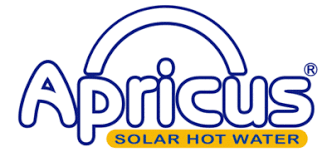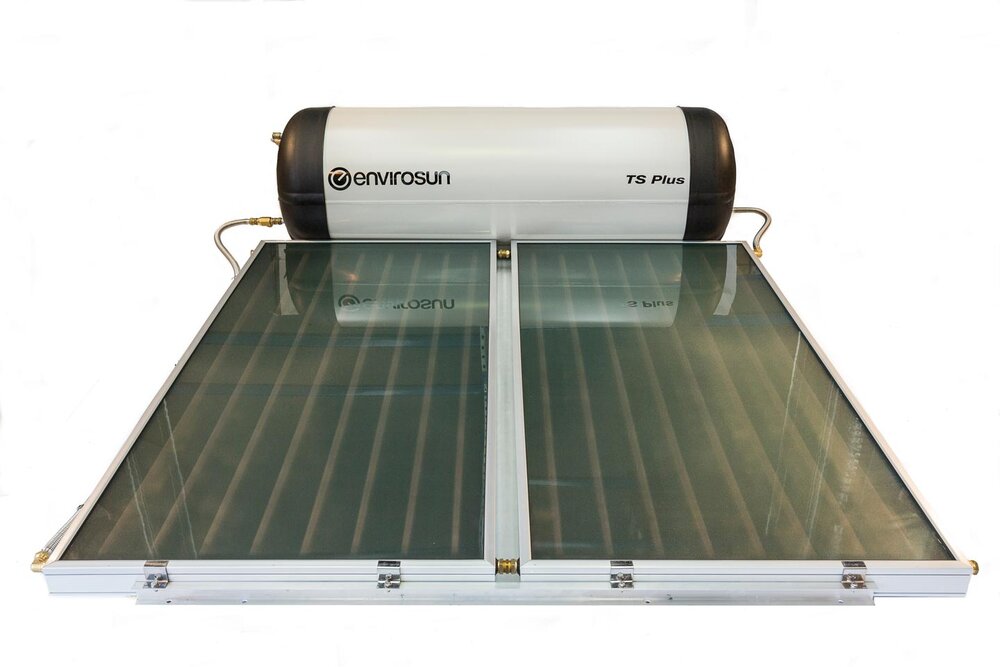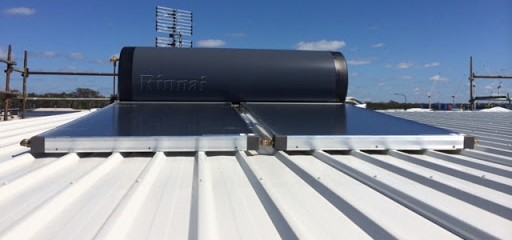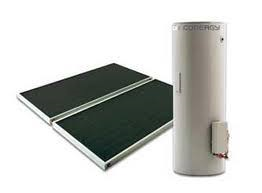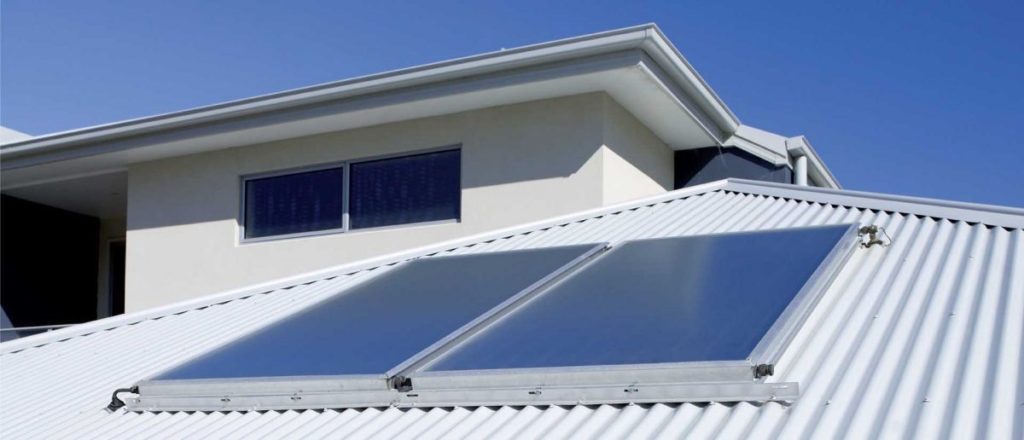Solar-powered Hot Water Systems



Solar hot water systems are available in two distinct designs
Solar hot water systems come in two primary configurations — roof-mounted (integrated) and split — and offer a range of tank capacities and design variations to suit different houses, climates and siting requirements. Aside from the environmental upside of lowering energy consumption, the major benefit is the marked reduction in your electricity bills.
Electric hot water units operate similarly to a kettle, using a heating element, and in Queensland are typically found in 1.8kW, 2.4kW and 3.6kW ratings (the 4.8kW elements are rarely used because of their high power demands). These element sizes are standard across popular brands such as Rheem, Dux, Vulcan, AquaMAX and Rinnai.
Bear in mind that element size does not affect the system’s efficiency rating. For instance, a 1.8kW element consumes half the power of a 3.6kW element, but will require roughly double the time to heat the same volume of water to the same temperature.
Contemporary electric hot water systems typically feature either:
Mild steel tanks coated with vitreous enamel and protected by a sacrificial anode, or
Stainless steel tanks for greater longevity.
Traditional copper-style water heaters are no longer manufactured.
Need solar hot water installed quickly? North Lakes Hot Water can help!
Roof-mounted thermosyphon solar hot water systems.
Ground-mounted split-system solar hot water units
A split solar hot water setup positions the storage tank at ground level while only the solar collectors are roof-mounted. Collectors may be flat panels or evacuated tubes — however, evacuated tube systems are generally unsuitable for Queensland’s conditions because they can overheat, lose water through boiling and produce avoidable rumbling noises.
How They Operate
Storage tanks typically come in 250L, 315L and 400L capacities.
A temperature sensor at the collectors and on the tank monitors the differential between them.
When the collectors are around 10°C warmer than the tank, a small circulation pump (usually 25W or less) switches on, moving approximately 2–3 litres per minute through the collectors.
This process transfers heat from the collectors back into the storage tank, where natural convection causes the hottest water to rise to the top.
The pumps run quietly and draw very little power — often using less electricity each day than your microwave clock.
Construction & Installation
Copper flow and return lines should always be installed to cope with high temperatures.
At North Lakes Hot Water, we run these pipes in a single continuous length with no joints or fittings inside the roof cavity, and wrap them in 25mm high-temperature, UV-rated insulation to reduce heat loss.
Performance
Collector temperatures can reach up to about 120°C, and some systems allow storage tanks to heat to around 75°C.
Once the tank reaches its set temperature, water can remain in the collectors until usage lowers the tank temperature enough to trigger the circulation again.
Why Quality Counts
Selecting a trusted brand is essential. Low-cost imports with inferior components have led to significant problems and unexpected expenses for homeowners. The extra cost for a dependable system is small compared with the long-term reliability and peace of mind it provides.
Call North Lakes Hot Water on 1300 728 122 for honest, expert advice on the right solar hot water system for your home.
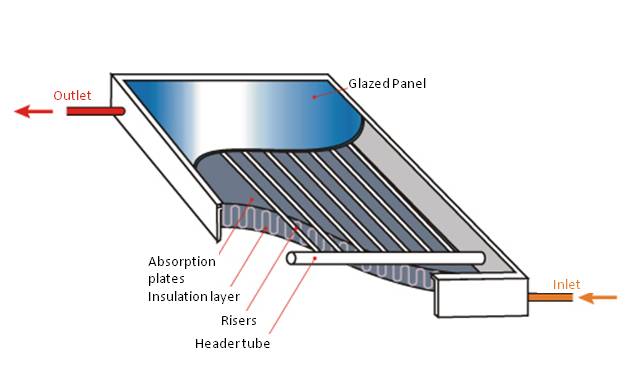
Flat-panel solar collector

Evacuated tube solar collectors
Contact North Lakes Hot Water on 1300 728 122 for professional, impartial, evidence-based guidance from a local North Lakes plumber with over 20 years serving South East Queensland.
You can call North Lakes Hot Water any time, including weekends and after hours, on 0413 861 166.
At North Lakes Hot Water, we carry a broad selection of solar hot water systems on-site for prompt installation. Because we keep the key models we supply in stock, you won’t have to wait for deliveries—your new hot water system can be fitted quickly without hold-ups.
We also provide Easy Payment Plans to help spread the initial cost. With terms ranging from 1 to 3 years and fortnightly payments after a small deposit, repayments can be similar to the savings you’ll see on your electricity bills.
North Lakes Hot Water provides and fits solar hot water systems throughout North Lakes—prompt, compliant, and designed for long-lasting performance.







